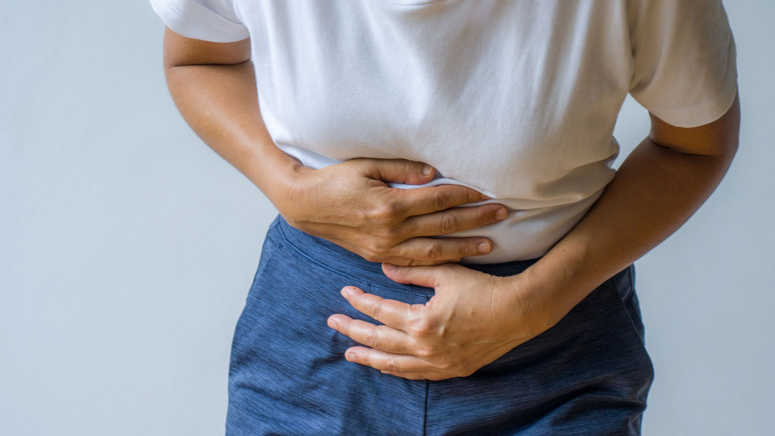The virus that causes hand, foot, and mouth disease (HFMD) is a particularly contagious condition. The disease’s name comes from the painful mouth sores and blister-like rash that appear on your child’s hands and feet. Anywhere on their body, including their chest, back, arms, legs, genitals, and buttocks, can develop the rash.
The majority of people who contract hand, foot, and mouth disease are infants and kids under the age of five. Children in daycare centers and schools frequently contract it quickly. However, older kids and even adults can contract it. It’s possible to contract HFMD more than once because several viruses have the ability to spread the illness.
The symptoms of hand, foot, and mouth illness are often mild and resolve on their own within seven to ten days.
Stages of Hand, Foot, and Mouth Disease

Hand, foot and mouth disease symptoms usually appear in two stages. When the illness starts, your child might have flu-like symptoms, such as:
- Sore throat
- Mild fever [1]
- Stomach ache
- Runny nose.
- Loss of appetite.
These symptoms will go away and new symptoms will develop, including:
- Painful mouth sores that might appear on their tongue or anywhere else in and around their mouth. Usually beginning as little lumps or bright pink spots, the sores develop into blisters over time.
- A rash that itches on your child’s genitalia, buttocks, elbows, knees, palms of their feet, or elbows and knees.
- Swollen lymph nodes on their necks
Typically, hand, foot, and mouth disease symptoms go away in seven to ten days. Children under the age of two may, however, require a little more time for their bodies to completely rid themselves of the virus.













